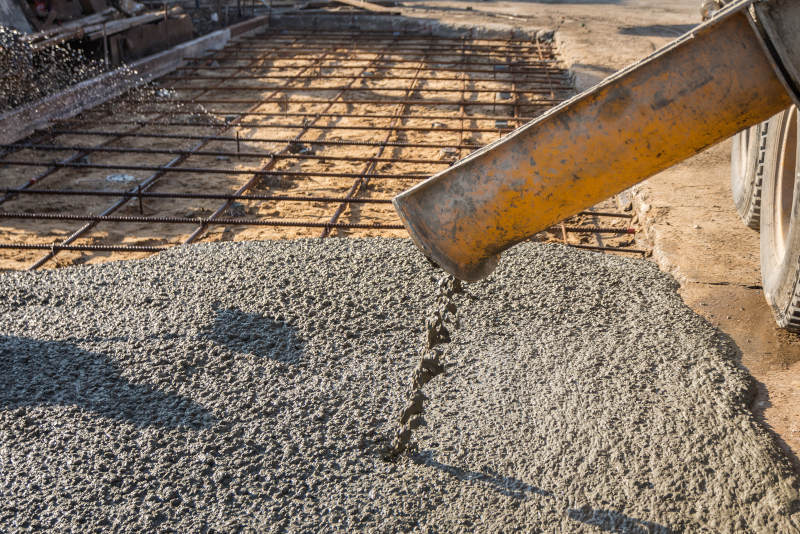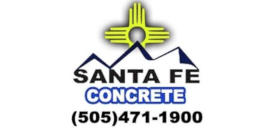Top Tips for Pouring Ready Mix Concrete Successfully in the COLD Santa Fe Winters – Part One
- admin
- Feb-17-2020
- pouring ready mix concrete in cold weather

Top Tips for Pouring Ready Mix Concrete Successfully in the COLD Santa Fe Winters – Part One by Santa Fe Concrete
In cold weather, it can become quite difficult to cure concrete correctly, because in order for it to properly set and solidify, it is vital that freshly poured concrete is kept above freezing temperatures for the first twenty four hours or until it reaches the minimum strength of five hundred psi (or pounds per inch). The integrity of the concrete will be shot if it freezes prematurely. However, with the right foresight to handle preventative measures, concrete can be successfully set in any temperature or season. You just need to address the obstacles low temperatures may provide.
Cold weather concreting, as defined by the ACI (American Concrete Institute), is when you are faced with daily air temperatures dropping below 40 degrees Fahrenheit for more than three days in a row, and is below 50 degrees Fahrenheit longer than half of any 24-hour period. These are the circumstances that will require a bit more care and the employment of these special techniques.
Pouring concrete does not need to be delayed due to outside temperatures if you consider the right precautions. When done correctly, concrete can become stronger when poured in cooler weather than if it faced hot weather. This is due to having a slower curing period.
The only time you should expect to hold off on putting concrete outdoors is when the temperatures are below 20 degrees Fahrenheit. The reason being that at these temperatures, hydration simply stops. With these extreme low outdoor temperatures, it becomes nearly impossible to maintain high enough temperatures at the worksite to assure the proper outcome, even when using tools like insulating blankets and enclosures.
If Concrete Freezes Too Soon
If fresh concrete freezes, it can reduce its final firmness by as much as fifty percent! Concrete is considered “fresh” when it has not yet cured to a durability that can withstand water expansion that occurs at freezing temperatures. This damage will be permanent and cannot be repaired as there is no way to re-strengthen the concrete after it has set.
It is important to take these precautionary measures if you will be facing air temperatures below 40 degrees Fahrenheit or below-freezing temperatures are to be expected in the first 24 hours at the time of pouring and placing your concrete.
Experts have given this advice:
Preparation Tips
If you take certain steps to prepare to cure concrete in cold weather, you will have much better results.
- Instead of trying to warm existing mix, you may preheat one or more of your constituent materials (the aggregate and the water) to make sure that your concrete is the right temperature at the time of the pour. You should warm your water and sand or gravel before the final mix. Ready-mix companies may offer this service. The concrete commonly leaves the plant at about 65 degrees Fahrenheit in their trucks. If you are mixing on-site with smaller amounts, you may choose to keep the aggregate stored in a warm, indoor location prior to, or hot water during mixing.
- You may need to alter your mixture components. There are a couple ways that you can do this. You may use an accelerating (chemical) admixture, like calcium chloride in specified ratios, or increasing the amount of cement component in the concrete.
- High moisture content will not only sacrifice the integrity of your concrete, but also come with corrosion issues with any steel reinforcement you may be using. Products, like Portland cement Type III helps the end product to set without hindering the concrete’s quality.
- Fly ash or slag cement is not good to work with in cold weather, as they produce less internal heat, and take longer to set.
